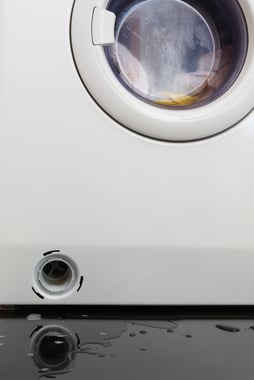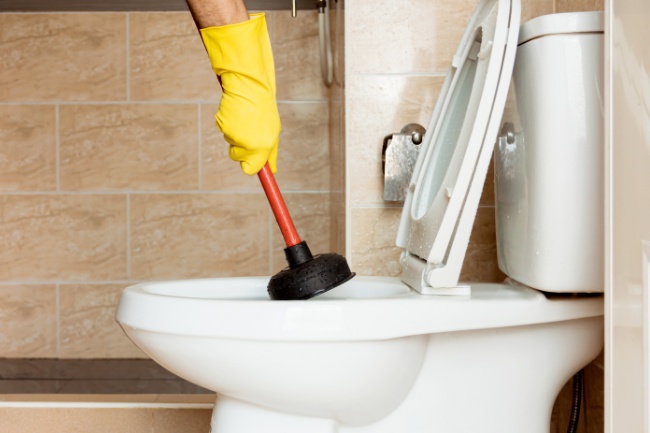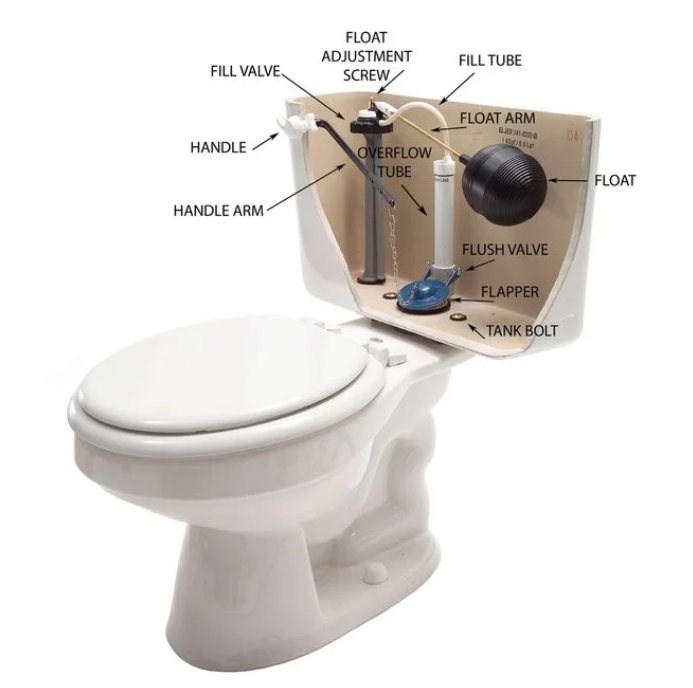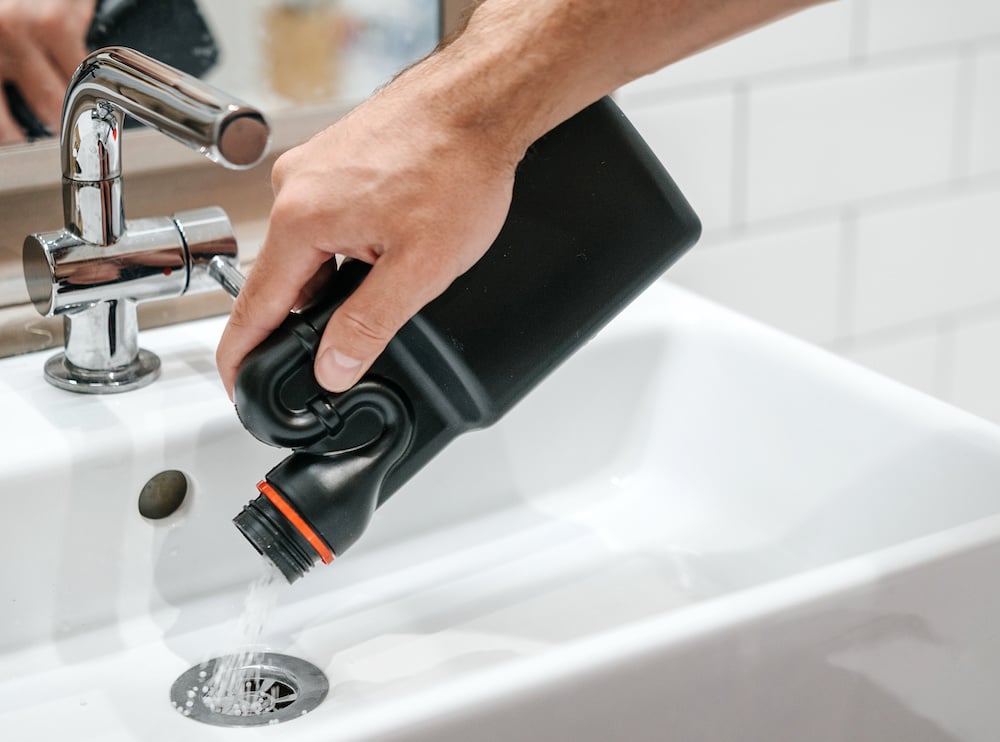Plumbing Repair DIY & Standpipe Clogs: SAC Reader Response #4
Posted by William Heinselman on

Clogged drains are a common problem for sinks, tubs and showers; however, there are other places- other plumbing fixtures- that are susceptible to getting clogged, such as washing machine pipelines.
A few months ago, one of our readers expressed a concern with their laundry standpipe, claiming that their washing machine was continually getting clogged when it drained. After snaking it and pouring drain cleaner down the pipeline multiple times, it overflowed again weeks later.
This is undeniably a frustrating dilemma to find yourself in, so let’s talk about how this clog most likely occurred, how to fix it and how to keep clogs from happening again.
How the Standpipe Clogged
Sink, shower and bathtub pipelines can encounter many variations of debris clogging sediment, such as:
- Hair
- Dirt
- Lint
- Dead skin
- Water residue
These clogging materials affect all home drain pipes, and washing machines standpipes are no exception.
Conventionally, hair is the most common cause of drain clogs. In addition to the hair on our heads, our bodies shed microscopic hairs which can cause clogged pipes as well.
Aside from hair, bodies also produce oils and shed dead skin which can then transfer onto the fibers of our clothing. When we start a load of laundry, we cleanse our clothing fibers of these residues and wash them down the drain. Overtime, this material will buildup and eventually clog our drains.
Other ways that washing a load of laundry can induce standpipe clogs include build-up of sediments, soap and water residue.
Standpipes also have a specific height dimension of 36 inches. If your standpipe is longer or shorter than this height, it can cause back flow or overflow into the unit.
Plumbing Repair Can I DIY it or Do I Need Professional Assistance?

Sometimes DIY plumbing, done with the wrong techniques or tools, can cause more damage than you were originally dealing with. It’s very frustrating to fix a plumbing problem, only to realize it was a temporary fix and that the same problem will repeatedly occur.
For plumbing issues, deciding whether to do repairs yourself, or to call for professional assistance is an important first step for sewage problems.
Many homeowners start out using DIY solutions, such as the reader, mentioned earlier in this post. This person used DIY solutions, such as drain snaking and pouring drain cleaner down the pipe, in an effort to unclog their standpipe.
After multiple times of trying DIY solutions (resulting in temporary fixes), they expressed their frustrations and concerns to us on our site.
Minor clogs can usually be treated with common DIY solutions, such as a drain cleaner solution or snaking the drain; however, if the clog is reccurring or does not seem to be fixed by DIY methods, contact a service professional in your community to implement the best solution available.
Taking Preventative Measures
There are a variety of reasons why a drain or pipeline can get clogged, such as residue and sediment buildup. The best remedy for these problems is staying proactive; taking preventative measures to avoid the hassle and inconveniences of clogged drains.
Some ways to help reduce debris buildups that clog the standpipe in a washing machine include:
- Removing heavy sediment and shaking out the clothing before placing the item in the washing machine
- Double checking that the standpipe is the appropriate height (36 inches) to avoid back flow or overflow into the unit
Topics: Commercial Plumbing, DIY, Drain Cleaning and Repair







